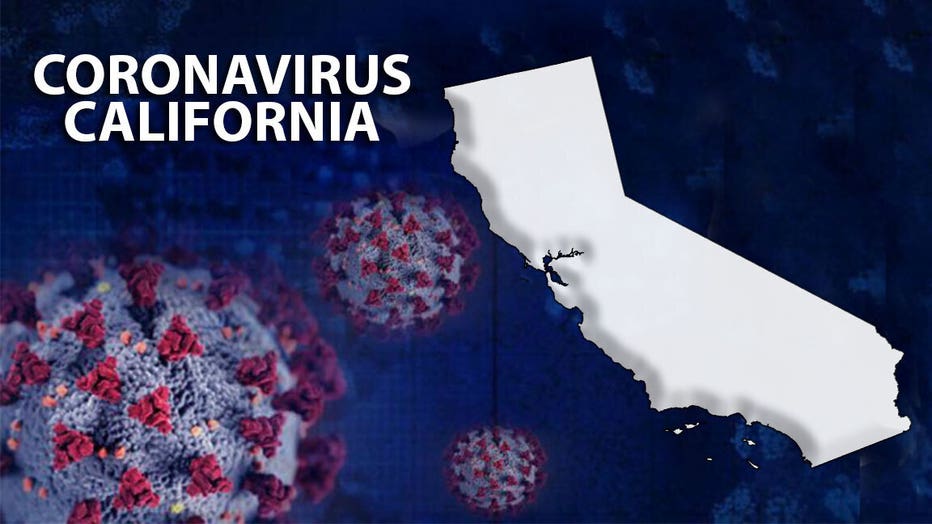California imposes curfew as virus cases surge
KTVU/KTTV - California has issued a "limited" stay-at-home order for all counties in the purple tier in the state's COVID-19 reopening metrics. The overnight curfew will affect more than 90% of the state.
The order will put a curfew in place for counties in the most restrictive tier from 10 p.m. to 5 a.m. daily and will take effect Saturday, according to the governor's office. The curfew will remain in effect until Dec. 21.
California Health and Human Services Secretary Dr. Ghaly said on Thursday shortly after the curfew announcement that the state recorded 11,478 new cases and 12% of those could eventually be hospitalized.
Ghaly maintained that there is no single culprit for the surge seen across the state as there are a combination of factors such as cold weather, more intermixing, and greater travel.
Under the new curfew, people can still go to the grocery store or pharmacy, walk their dogs, and grab takeout from a restaurant.
On Monday, Governor Gavin Newsom announced that the majority of the state’s 58 counties, including much of the Bay Area, reverted back to the state’s most restrictive tier status. Those counties represent 94% of the state's population.
Keep up with the news by downloading KTVU's news app and subscribing to our newsletter.
"We are sounding the alarm," Newsom said Monday as he announced the changes. "California is experiencing the fastest increase in cases we have seen yet — faster than what we experienced at the outset of the pandemic or even this summer. The spread of COVID-19, if left unchecked, could quickly overwhelm our health care system and lead to catastrophic outcomes."
Alameda, Contra Costa, Napa, Santa Clara, Solano, and Sonoma counties are in the purple tier and will be affected by the order as will Los Angeles, the state's most populous county. LA county had imposed a curfew earlier this week on restaurants and non-essential businesses.
San Francisco, San Mateo and Marin counties in the Bay Area are on the red tier.
More details about the curfew order are available on the governor's website.
The dramatic rise in cases in November has come more rapidly than a spike in mid-June and could quickly surpass the peak of the hospitalizations at the time.
Republican Assemblyman James Gallagher, who is suing the governor over his earlier emergency orders, said the latest move will further harm businesses that are already struggling.
"None of these orders matter unless Californians buy in and change their behavior," Gallagher said in a statement. "The better policy to respond to this spike in cases is to call on all Californians to step up and make responsible choices to follow basic health guidelines to limit the spread without shackling our freedoms and the economy. A curfew undermines the public's faith that the guidelines are science-driven."

More than 11 million cases have been recorded nationwide as the virus surges almost everywhere. While California accounts for more than 1 million cases — the second-highest number in the U.S. — it is the nation’s most populous state with 40 million residents and ranks 40th in cases per capita.
"We must put up our protective guards even more," said Dr. Mark Ghaly, the state's secretary of health and human services.
But sheriffs and some lawmakers in at least four counties say they won't enforce the curfew.
El Dorado Sheriff's Office issued a statement that said in part, "The Sheriff’s Office will not prevent Thanksgiving activities, maximum occupancies, or mask wearing mandates at social gatherings within the County of El Dorado."
The sheriff's office said they will refer calls of COVID order enforcement to their county's health department.
The state had recently imposed a new statewide order requiring facial coverings in almost all public settings.
Most states are seeing huge surges of coronavirus cases and imposing new restrictions. On Tuesday, Ohio Gov. Mike DeWine ordered a three-week statewide curfew from 10 p.m. to 5 a.m. for most residents.
The Associated Press contributed to this report.

